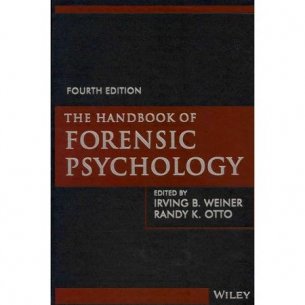
Contributors xiii
PART ONE CONTEXT OF FORENSIC PSYCHOLOGY
1 History of Forensic Psychology 3
Curt R. Bartol and Anne M. Bartol
2 Defining Forensic Psychology 35
Randy K. Otto and James R. P. Ogloff
3 Accessing the Law and Legal Literature 57
David DeMatteo, Michael E. Keesler, and Heidi Strohmaier
4 Practicing Ethical Forensic Psychology 85
Irving B. Weiner and Allen K. Hess
5 Training in Forensic Psychology 111
Daniel A. Krauss and Bruce D. Sales
PART TWO APPLYING PSYCHOLOGY TO CIVIL PROCEEDINGS
6 Conducting Child Custody and Parenting Evaluations 137
Philip M. Stahl
7 Conducting Personal Injury Evaluations 171
Lisa Drago Piechowski
8 Identifying and Treating Educational Disabilities 197
Daniel J. Reschly
9 Assessing Civil Capacities 219
Michele Galietta, Alexandra Garcia-Mansilla, and Barbara Stanley
10 Conducting Child Abuse and Neglect Evaluations 237
Lois O. Condie
PART THREE APPLYING PSYCHOLOGY TO CRIMINAL PROCEEDINGS
11 Assessing Competency to Stand Trial 281
Patricia A. Zapf, Ronald Roesch, and Gianni Pirelli
12 Assessing Criminal Responsibility 315
Patricia A. Zapf, Stephen L. Golding, Ronald Roesch, and Gianni Pirelli
13 Specific Intent and Diminished Capacity 353
Charles R. Clark
PART FOUR SPECIAL APPLICATIONS
14 Assessing Violence Risk 385
Kevin S. Douglas, Stephen D. Hart, Jennifer L. Groscup, and Thomas R. Litwack
15 Psychology and Law Enforcement 443
Ellen M. Scrivner, David M. Corey, and Lorraine W. Greene
16 Evaluating and Assisting Jury Competence in Civil Cases 469
Jennifer K. Robbennolt, Jennifer L. Groscup, and Steven Penrod
17 Evaluating Eyewitness Testimony of Adults 513
Stephen J. Ross, Colin G. Tredoux, and Roy S. Malpass
18 Evaluating Eyewitness Testimony of Children 561
Sue D. Hobbs, Jonni L. Johnson, Gail S. Goodman, Daniel Bederian-Gardner, Michael J. Lawler, Ivan D. Vargas, and Macaria Mendoza
19 Employing Polygraph Assessment 613
William G. Iacono and Christopher J. Patrick
20 Applying Hypnosis in Forensic Contexts 659
Alan W. Scheflin
PART FIVE COMMUNICATING EXPERT OPINIONS
21 Writing Forensic Reports 711
Irving B. Weiner
22 Testifying in Court 733
Source: www.wiley.com
You might also like:

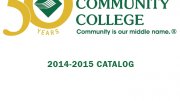


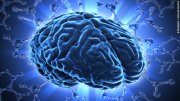

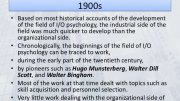



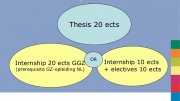





Forensic science is a multidisciplinary subject used for examining crime scenes and gathering evidence to be used in prosecution of offenders in a court of law. Forensic science techniques are also used to examine compliance with international agreements regarding weapons of mass destruction.
The main areas used in forensic science are biology, chemistry, and medicine, although the science also includes the use of physics, computer science, geology, and psychology. Forensic scientists examine objects, substances (including blood or drug samples), chemicals (paints, explosives, toxins),…
The role of forensic science in all circumstances is to reveal the truth, in serious crimes. This is done through the gathering of evidence. This is done through samples, photographs, video analysis and written documentation.
Forms of evidence may include: DNA, murder weapon, finger prints at crime scene.